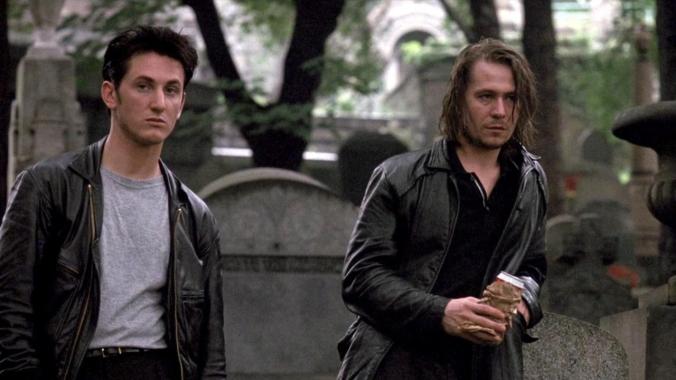Last month, we talked about the subject of creative inspiration: that an artist’s many influences affect his worldview and sensibilities in ways totally unique to him, and that they, along with his particular life experiences, constitute his voice. In time, those influences become so embedded in his subconscious that he is no longer necessarily aware of the sway they hold over the art he produces, and as his confidence in his craft intensifies, his intellectual capacity to identify them in his work diminishes in kind.
As it happens, a week or two after posting the treatise, I received an object lesson in its very proposition. The experience was an acutely emotional one for me, though not at all unpleasant or unwelcome, and a reminder of what storytelling at its best can do: A story can comment on its times while reflecting timeless truths. It can depict a very specific world that is nonetheless universally relatable. It has the power to preserve a moment or an episode in all its emotional complexity, serving as a time capsule that can continue to yield new insight with age. A good story changes the course of history, in some unquantifiable measure, influencing subsequent real-world events and artistic works in ways that, I think, go mostly unconsidered.
Here’s how one movie no one’s ever heard of exerted appreciably more impact on my personal and creative evolution—and even on my forthcoming novel—than I’d heretofore considered, and how it had something profoundly meaningful to say to me, both then and now.
Two years ago, I published a post with recommendations for Irish-themed movies to help celebrate St. Patrick’s Day; among them, a long-forgotten crime drama from 1990 about the Irish Mob in Hell’s Kitchen called State of Grace, which had the cosmic misfortune of opening the very same week as Martin Scorsese’s GoodFellas. The latter, as I’m sure you know, was a box-office hit that deservedly claimed an immortal place in the cultural consciousness, while the former—starring no less than heavyweights Sean Penn, Ed Harris, Gary Oldman, Robin Wright, John Turturro, John C. Reilly, and Burgess Meredith—quietly disappeared from theaters within two weeks of release and promptly faded into obscurity. No one really saw it, and the bankruptcy of its studio, Orion Pictures, soon thereafter assured that it mostly remained unseen in the years to follow.
My cousin’s husband owned a video store out in Jersey at that time, and he was always bringing by screener copies—sometimes even bootlegs—of current films, which was how I first experienced both State of Grace and GoodFellas when I was fourteen. For a kid that had up till that point subsisted on a cinematic diet of almost exclusively Spielbergian fantasy, the comedies of John Hughes and Eddie Murphy, and the action extravaganzas of Stallone and Schwarzenegger, those two movies—‘cause I hadn’t yet seen The Godfather—were nothing short of revelatory.
State of Grace was a particular favorite, and I even managed to score a copy of the promotional one-sheet from my local video shop in the Bronx when they were done with it, which hung in my bedroom throughout high school. The movie was my introduction to newly minted Oscar-winner Gary Oldman, and he delivers a searing, unsettling, heartbreaking performance that made me a fan for life. But by the mid-nineties, my secondhand VHS of Grace had gotten misplaced, and given the scarcity of the film’s availability, I haven’t had occasion—despite trying in 2016 for that best–of–St. Patty’s post—to see it since.
Until this month, when I found a wonderful Blu-ray reissue, limited to 3,000 units, and, like the story’s troubled protagonist, I ventured back into Hell’s Kitchen to reunite with some very old faces…


Recent Comments